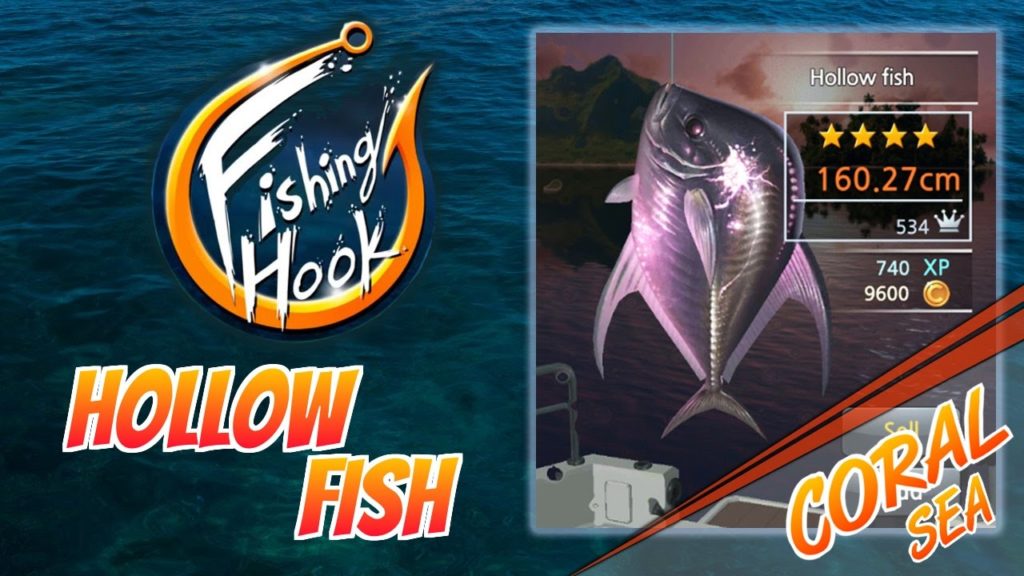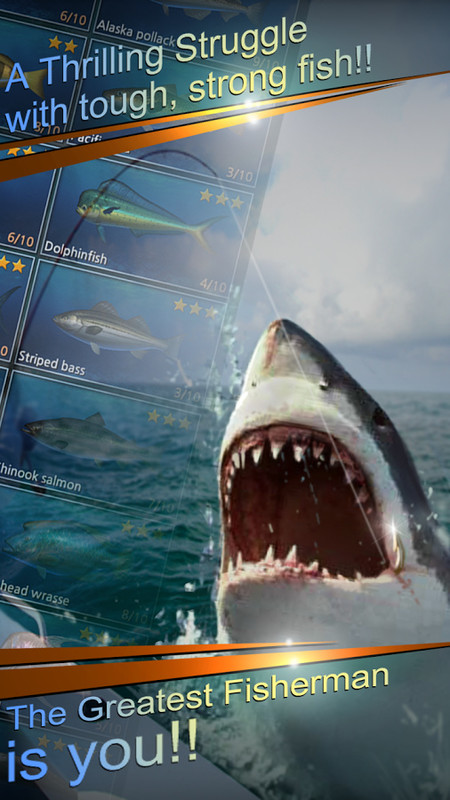
However, seabird catch levels have been significantly increasing over the past decade due to increasing fishing effort and increasing black-footed albatross catch rates 7, 9. Following the introduction of seabird regulations in the fishery, there was a 67% decline in standardized seabird catch rates 8. nigripes) albatrosses, which are categorized as Near Threatened with stable and increasing population trends, respectively 3, 7. Over 90% of the seabird bycatch in the US central North Pacific tuna longline fishery is comprised of Laysan ( Phoebastria immutabilis) and black-footed ( P. Bait loss to scavenging seabirds and handling caught seabirds reduces fishing efficiency 4, 5, 6. Given their potential to reduce seabird catch rates, eliminate safety risks from bite-offs and facilitate robust compliance monitoring, it is a priority to find a weighted hook design with acceptable catch rates.īycatch in longline and other fishing gear types is a serious threat to albatrosses and petrels, which are two of the three most threatened groups of seabirds 1, 2, 3. Using a Bayesian general linear mixed regression modelling approach, experimental hooks sank to 85 cm ca.

There was a significant 53% (95% HDI: − 75 to − 25%) decrease in retained species’ catch rates on experimental hooks, indicating an unacceptable economic cost, and no significant effect for discarded species. We used a Bayesian random effects meta-analytic regression modelling approach to estimate pooled expected species-specific log relative risk of capture on conventional versus experimental gear. We conducted experimental fishing to compare the commercial viability of a weighted hook relative to conventional gear with weights attached 0.75 m from the hook. A branchline weight’s mass and distance from the hook affect seabird catch rates. Seabirds interacting with this fishery reach hooks at depths up to 1 m.

Albatross bycatch in a US North Pacific tuna longline fishery has increased over the past decade and now exceeds 1000 annual captures.

Fisheries bycatch threatens the viability of some seabird populations and reduces fishing efficiency.


 0 kommentar(er)
0 kommentar(er)
